As a Pre-K to 5th level STEM (Science, Technology, Engineering and Mathematics) teacher at Horry County Schools in Conway, South Carolina, Christine Smith McClure is always looking for a way to show her students how to engineer a fix for problems that arise daily. It’s key to providing them with critical thinking and problem-solving skills. As a lifelong horse lover, however, she never hesitates to incorporate them into her lessons.
In March of 2020 McClure got the opportunity to teach an online course to second graders and it was around that same time she came up with Cowgirl Country Cooking with Christine, a Facebook page where she shares recipes and food tips for “hungry cowgirls and cowboys.”
“One of my friends had mentioned she was making treats for her dogs and was thinking of marketing them to sell,” McClure explained. “From that, the idea was born that I could make horse treats. Afterall, my horses love treats.”
Christine and her husband, Steven, have three registered Quarter Horses (FQH Blue Delux, Bueno Draggo and DHF Hickory Rose) and three American Miniature Horses (Sadie, Daily and Duke) at their Dreams Hope & Faith Ranch in Conway.
But McClure didn’t stop there.
“I thought, I could make my horse treats while teaching class online and then, as a way to reward good behavior from students, I could take the camera out with me to feed the treats to the horses,” she said.
Seemed like a winning strategy. The horses get treats and the students are all ears during class, excited to be able to see the horses devour the treats.
When she started discussing the idea of making horse treats with her friend, much of the conversation centered around cost ratios of making treats vs. buying them, and of course, how they could be made with maximum health benefits.
“My recipe was made up of ingredients I already had, starting with apples,”McClure said. “This teacher gets plenty of apples from her students. They always save them from lunch and bring them to me. This turns into a math lesson of we have x number of horses and if we want them all to have equal amounts of apples how should we divvy them up? Pumpkin puree is a key ingredient it adds flavor. Molasses helps the mixture stick together I like to use quick cooking oats, brown sugar, carrots and sometimes cranberries. If I have a little flax seed I throw that in as well. I measure from the heart so the exact recipe varies with each batch.”
McClure uses a large bowl to mix everything together and then scoops out the mixture in 1 tablespoon portions and rolls each into a ball and spreads them out on a baking sheet.
“They can be placed very close to each other on the pan because they do not rise or spread,” she said. “I can usually get about five dozen treats per batch.”
McClure says the hardest part about making horse treats is deciding what to put into them. She likes to play with the recipe to add different ingredients to change up the taste.
“Once you have decided on which ingredients to use, you can turn out a batch in about 25-30 minutes,” she explained. “I usually bake them for about 8-10 minutes. You can bake for less time for a softer treat. Longer for a more traditional horse treat.”
Alternative Treats
Talk to any horse owner, and you are likely to hear of some weird food they have given their horse as a treat. This could range from gummy candies, cake, or even beer. Remember that treats should be given in small amounts and not be a main component of your horse’s diet. In addition, many processed human food items, such as candy and cookies, contain high levels of sugar and starch. If you have a horse with metabolic issues (such as laminitis), you may want to avoid these treats. Ultimately, remember that feeding in moderation is key.
The Penn State Extension Service lists the following as acceptable and unacceptable food treats for horses. Note this is not a complete list; always talk with your veterinarian or equine nutritionist if you are unsure of feeding something to your horse.
Acceptable Horse Treats
• Apples – This is a safe treat. Cut the apple into slices so your horse will not choke.
• Carrots – This is a safe treat. If a large carrot, break into smaller pieces before giving it to your horse.
• Peaches – This is a safe treat. Before giving to your horse, take out the pit in the center. Just like apples, slice the peach into smaller pieces to ensure that your horse does not choke.
• Bananas – This is a safe treat. Break the banana into small chunks to ensure that your horse does not choke.
• Cucumber – This is a safe treat. Break the cucumber into small pieces to ensure your horse does not choke.
• Peppermints – This is a safe treat. Keep peppermints in moderation.
• Sugar cubes – This is a safe treat. Keep the amount given in moderation.
• Commercial treats – This is a safe treat. Follow feed directions on label.
Potentially Acceptable Horse Treats
• Animal Crackers – These are high in sugars and/or starches, don’t give in excessive amounts, and potentially avoid for horses/ponies with metabolic issues.
• Gummy candy – These are high in sugars and/or starches, don’t give in excessive amounts, and potentially avoid for horses/ponies with metabolic issues.
• Cake – These are high in sugars and/or starches, don’t give in excessive amounts, and potentially avoid for horses/ponies with metabolic issues.
Unacceptable Horse Treats
• Broccoli – Stay away from giving this to your horse. Broccoli may cause an excess buildup of gas in the hindgut.
Tomatoes – Stay away from giving this to your horse. Tomatoes are a part of the nightshade family, which are toxic to horses.
• Potatoes – Stay away from giving raw potatoes as a treat. Potatoes are a part of the nightshade family, which is toxic to horses.
• Lawn clippings – Do not give your horse lawn clippings. Lawn clippings can quickly mold and ferment, which can be toxic to your horse.
SPECIAL OCCASIONS
Angela Hughes of Washington, Indiana, who competes in AQHA and ARHA sanctioned shows with Ultimate Cowlady (Oaklee), her 2014 chestnut mare by Classy Jet Moon, and Bellas Last Dance (Beth), her 2021 bay mare by Gunners Last Dance, started making her own horse treats in 2017.
She and her husband of nearly 10 years, Brandon, do not have any children but they are the parents of two dogs, seven cats, a 40-year-old Galiceno mare named Bella and a 12-year-old mini gelding named Chance, in addition to Oaklee and Beth.
“I was looking for a fun and special way to celebrate my horses’ birthdays,” she explained. “I usually make them in some type of cake form, so that I can add their age with a candle. I found the original recipe online, but have tweaked it to make it my own.”
Hughes spent the first year fine tuning her recipe, making substitutions as she went along.
“I can’t say they are exactly the same each time,” she admitted. “I don’t usually measure my ingredients anymore, since I’ve made it so many times.”
Hughes has been a dental hygienist for just over nine years and also owns her own photography business. She says she makes cakes for her own horses but she does get requests from time to time.
“I have had people ask me for my recipe after seeing me post on Facebook about my horses birthdays, which include photos and videos of the horses and their cakes,” she said. “My mom always gets wrangled into being my photographer/videographer.”
Hughes trusts her own horses to serve as treat testers.
“Oaklee is my main taste tester,” Hughes said. “She is a foodie through and through and is highly food motivated.”
Smith turns to her husband for initial approval.
“The horse treats have all natural ingredients and kind of come out looking like a health food cookie so, before they make it out to the horses my husband sneaks one or two,” she said. “He approves of the rich taste the molasses just like the horses.”
Penn State Extension specialists say there are a few other things to keep in mind when feeding their horses treats.
Palatability – Just like us, horses like certain flavors when it comes to their food. There have been several research studies showing that horses can be picky eaters and have specific taste preferences. With the wide variety of flavors available for treats, it can be hard sometimes to find the one flavor that your horse loves. Expect some trial and error, and you may need to try several different treats before you find the right one.
Amount to Feed – When feeding commercial treats, try to follow the guidelines provided by the product. Typically, the recommendation is listed somewhere on the bag or container. However, if it is not provided, a general rule of thumb is one to two pieces no matter the size of the treat. For treats such as carrots or apples, consider the weight of your horse or pony, but generally,1-2 is acceptable.
Storage – Keep treats in a cool, dry place to ensure that they stay fresh. A sealable bucket or container that will keep out water and any bugs or rodents is a good way to store treats. If the treats are perishable, place them in a fridge to keep them cool. Do not give treats that are moldy or look like a rodent has gotten to them. If feeding commercial treats, make sure to look for expiration dates on the package and use the treats by that date.
Choke – Most horses when given a treat will chew the treat before swallowing, however, there are some horses that will try to swallow large pieces. Large pieces of fruits, vegetables, and larger horse cookies can increase the risk of a horse choking. Choke is when a horse’s throat (esophagus) is obstructed by partially chewed food that gets stuck, which does not allow food or water to be swallowed. A horse will start to cough excessively to move this mass of food. To ensure that this does not happen, treats should be broken up into smaller pieces. This is especially important to remember for older horses due to the decline of teeth. Most treats are made into bite-size nuggets but remember to break apart bigger treats like apples or carrots.
In conclusion, you may need to offer your horses several different types to find their preferred treat, as horses do have specific taste preferences. Remember to always feed treats in moderation, and if you are unsure about feeding your horses a specific type of treat, talk with your veterinarian or an equine nutritionist.



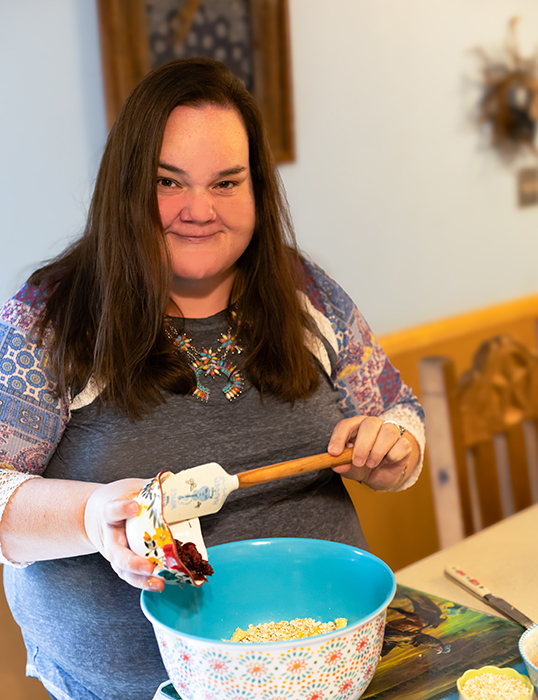
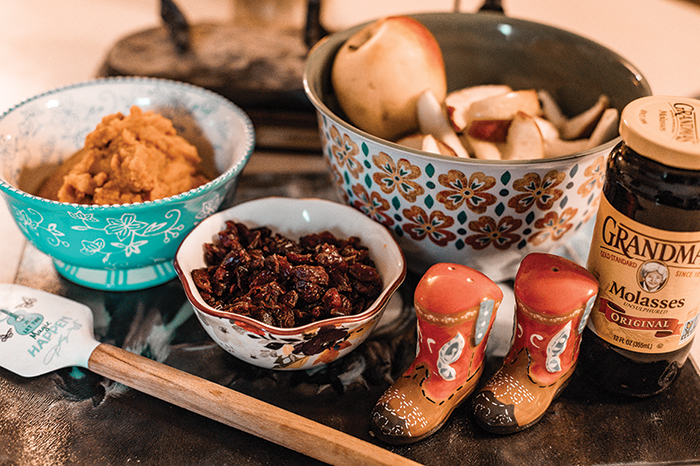
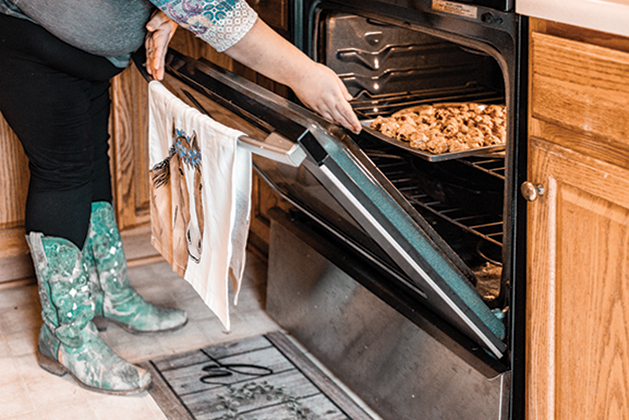

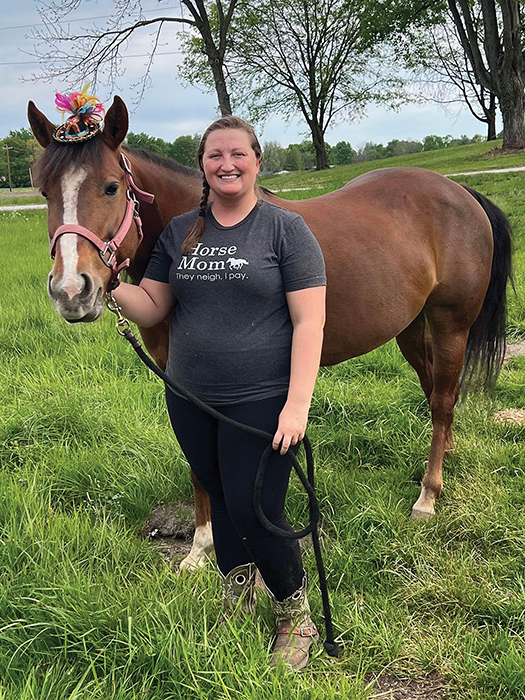
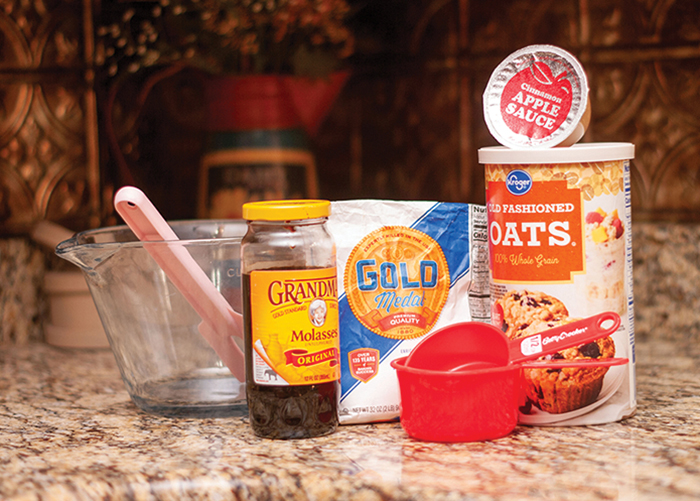
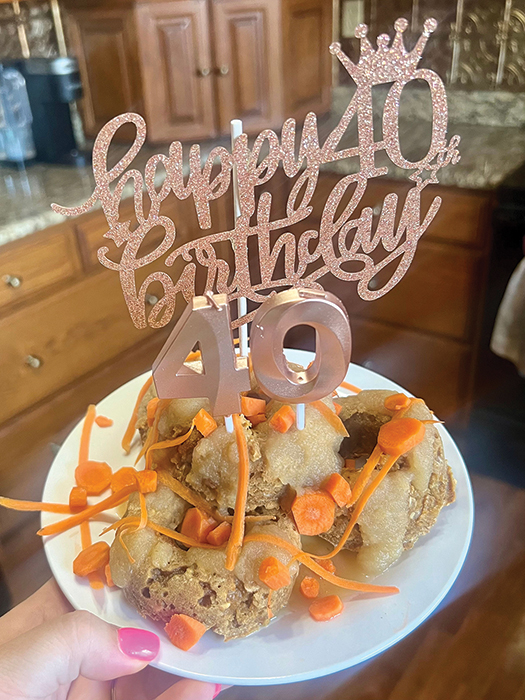
You must be logged in to post a comment Login